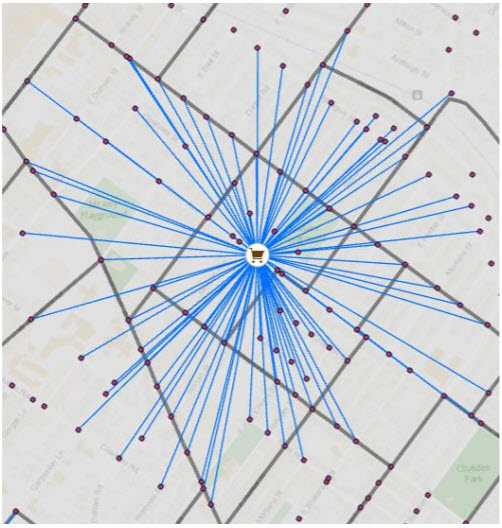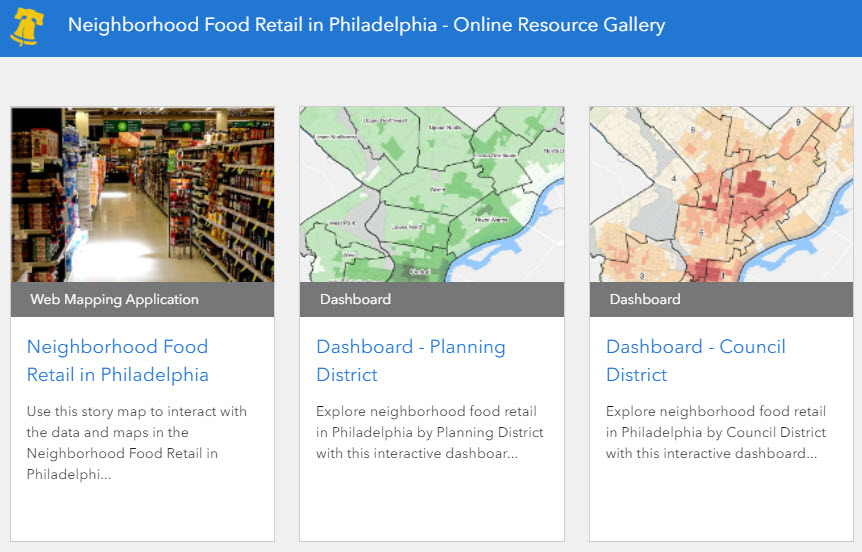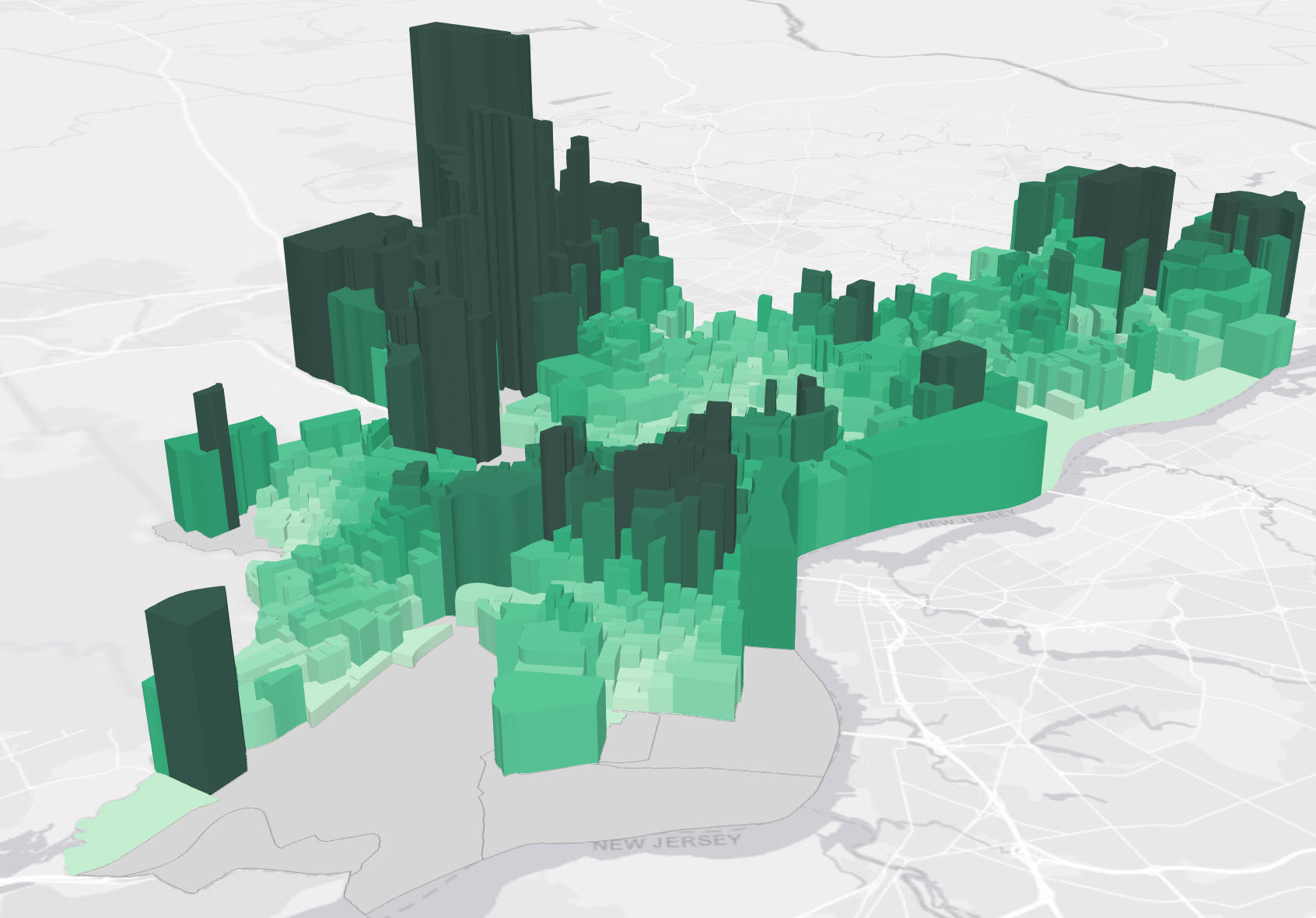Turn on suggestions
Auto-suggest helps you quickly narrow down your search results by suggesting possible matches as you type.
Cancel
Health and Human Services Blog
Turn on suggestions
Auto-suggest helps you quickly narrow down your search results by suggesting possible matches as you type.
- Home
- :
- All Communities
- :
- Industries
- :
- Health and Human Services
- :
- Health and Human Services Blog
Options
- Mark all as New
- Mark all as Read
- Float this item to the top
- Subscribe to This Board
- Bookmark
- Subscribe to RSS Feed
Subscribe to This Board
Other Boards in This Place
48
584.8K
170
Health and Human Services Documents
45
43.5K
46
Health and Human Services Videos
45
1.3K
1
Health and Human Services Blog
48
7K
8
Latest Activity
(8 Posts)
Esri Contributor
2 weeks ago
1
0
83
Esri Contributor
07-03-2025
08:52 AM
0
0
176
Emerging Contributor
03-20-2025
07:35 AM
0
1
729
Esri Contributor
10-22-2024
03:38 PM
4
0
1,124
48 Subscribers
Popular Articles
Lessons Learned: 2024 Point-in-Time Count
NicteHernandez
Esri Contributor
4 Kudos
0 Comments
Philadelphia Dept. of Public Health Analyzes Food Access with ArcGIS
RachelWeeden
Esri Contributor
2 Kudos
0 Comments
Easily Understand Demographic Segments with New Tapestry Infographic Dashboard
NicteHernandez
Esri Contributor
1 Kudos
0 Comments



